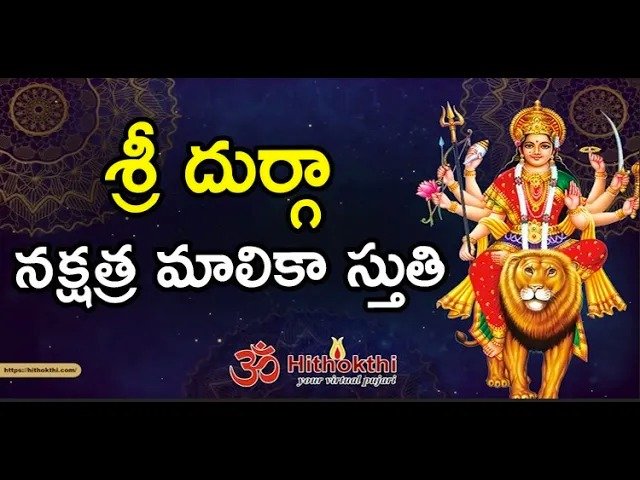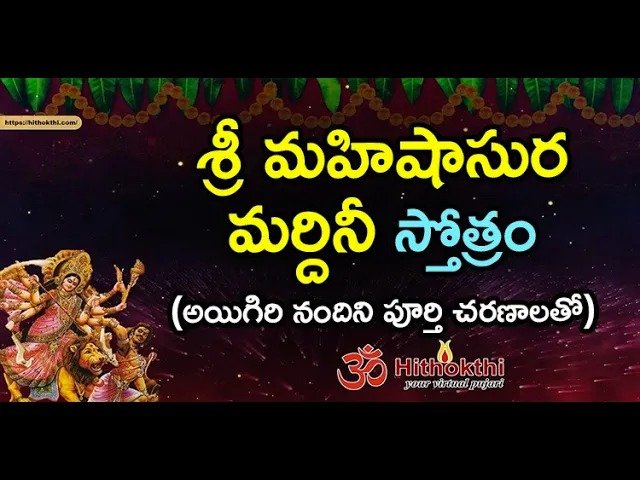Milestones that Paved the Way to the Famed Rath Yatra
AHMEDABAD, July 7, 2013: Rath Yatra for a Gujarati conjures up the image of three huge chariots amid a sea of humanity in different hues, soaked in celebration and festivity in the streets of Ahmedabad. Considered to be among the most important yatras in the country, its history is as colourful. It has braved political opposition, the shadow of mafia dons, communal riots and has now moved into the digital age with online streaming and a proposed Facebook page.
According to the website of the Jagannathji temple, the history of the temple from where the yatra starts goes back 450 years, when Hanumandasji, a sadhu, cleared the foliage around Jamalpur Darwaja on the banks of Sabarmati river and established a Hanuman temple. The statue of Hanuman is still in the basement of the temple. His successor Sarangdasji visited the famed Jagannath temple in Puri, Orissa, where he had a vision of the Lord asking him to install idols of the trinity - Lord Jagannath, Balram and Subhadra.
The Jagannath temple thus came to exist along with the Hanuman temple. Narsinhdasji in 1877 started the Rath Yatra on the Puri model but on a smaller scale to mark Ashadhi Bij. Saraspur, with a temple managed by his gurubhai became the maternal home of the Lords corresponding to the Gundicha temple of Puri.
"The yatra was not a major affair till late 70s. There were always huge crowds turning up to have a look at the Lord Jagannath, the lord of the world, with a moderate number of policemen accompanying the small procession of elephants, chariots, a few trucks and devotees singing the praises of the lord. Over the period of time, the procession became grander and more and more people joined in. Today, more than 40,000 persons join the procession in various capacities," says Mahendra Jha, trustee of the Jagannath Temple.
Jha added that everything from elephants to floats and trucks bearing social messages have made their way into the system over the years and have become integral to the procession. "It is a festival of citizens and as we evolve, the festival will also continue to evolve. We earlier started video streaming of the event and now are experimenting with Facebook after requests from the younger generation," he said.
It is also one of the biggest gatherings for state police, where experience is measured in how many yatras the have manned. More often than not, the latest security technologies are reserved for this occasion. In the past, police had employed global positioning system (GPS), CCTV cameras on the route and mass SMS systems. This year, the police plans to experiment with 'eyes in the sky' as two unmanned aerial vehicles with cameras will hover over the procession and provide live feeds to the senior officers.
Source: The Times of India, DT. July 7, 2013.







